Instead of the White Swan and PAK DA: Tu-95MSM as the near future of strategic aviation
Symbols and Reality
When they talk about strategic Aviation USA, the first association is the Distinguished Veteran of the Boeing B-52 Stratofortress. This is logical, since this aircraft is still its backbone and is the only one of the three American "strategists" who will serve along with the B-21 (they want to write off the B-1B and B-2 in the foreseeable future).
In the case of the Russian Air Force, the power of strategic aviation personifies the Tu-160, which recently finalized to the new option. But is this true? The 160s are armed with only seventeen, and plans to get 50 modernized vehicles of this type are just a journalistic myth.
However, it is worth making a clarification. The War Department really wants to have with it a new-built car of the Tu-160M2 level, but not fifty at all, but only ten units with the first flight of the first such machine in 2021. And then if we assume that ambitious plans to resume the production of Tu-160 from scratch will be able to be implemented at all. Recall that all machines of this type that took off before this were: a) either modernized Tu-160 combatant units, or b) machines built from the Soviet reserve. There are no new ones in the full sense of the word Tu-160.
As for the promising stealth bomber PAK DA, this issue is extremely complex and uncertain. Due to the technical complexity and high cost of the complex, as well as Russia's complete lack of experience in creating such machines, it can be considered a great success if the prototype PAK DA takes off before the end of 2020. Or if ever it takes off.
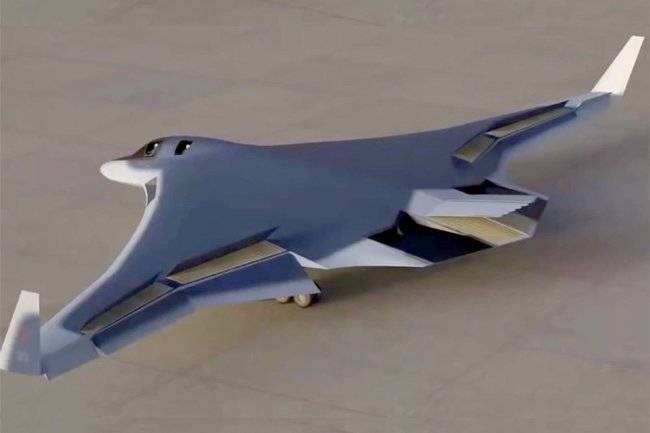
Thus, one important fact can be confidently stated: the Tu-95 was, is and will in the foreseeable future be the main strategic bomber of the Russian Air Force. Recall, according to various sources, there are 50 such machines in the Air Force. Now it is the world's fastest turboprop production aircraft - a missile carrier and one of the elements of the nuclear triad, although not the most important against the background of intercontinental ballistic missiles and submarine ballistic missiles.
Let's do it, but not right away
The importance of the Tu-95 and the fact that it cannot be replaced in the foreseeable future is well recognized in the Kremlin. Corresponding steps to improve the fleet of these aircraft are now being taken. Recall, on March 30, 2020, the Tupolev company announced the completion of small-scale modernization of the first batch of Tu-95MS. Then it became known that in parallel with this, work was completed on the creation of the first deeply modernized Tu-95MSM and testing of updated combat vehicle systems began. Earlier it became known that the upgraded aircraft should receive engines and propellers with improved characteristics, a new complex of avionics and weapons control system "with an expanded range of weapons used."
What exactly is meant? In 2016, experts at the Center for Analysis of Strategies and Technologies bmpd noted that, as part of a complete modernization of the Tu-95MСM, the Obzor-MS radar station should be replaced with a new Novella-HB1.021 radar. It is also planned to install a new SOI-021 information display system, the upgraded Meteor-NM2 airborne defense complex, and in addition, the machine should receive modernized Kuznetsov NK-12MPM turboprop engines with the installation of new AV-60T propellers.
It is worth saying that as part of the early stage of modernization, the Tu-95MS combatant has already received quite good opportunities for the use of modern high-precision weapons. At least in terms of nomenclature: here the aircraft is not inferior to the Tu-160M. Recall that up to eight modern X-95 cruise missiles with a maximum flight range of about 101 kilometers and a warhead weighing up to 5000 kilograms can be hung on the external holders of the modernized Tu-400MS. The nuclear version of the rocket has the designation X-102, the product, according to various sources, carries a warhead with a capacity of 250 kilotons to one megaton.
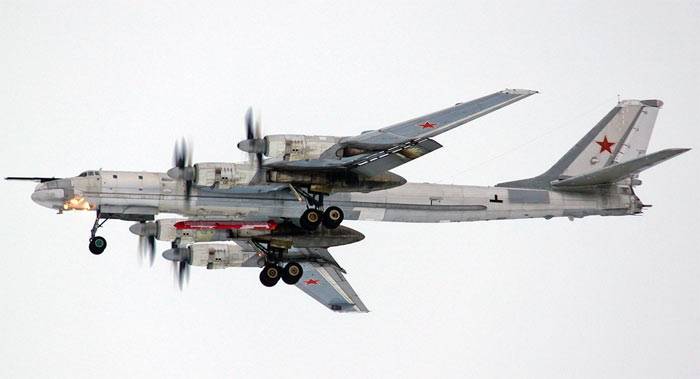
As for the Tu-95MSM, its armament will be similar to the arsenal of the Tu-95MS, however, it is likely to be expanded. Earlier, Pyotr Butovsky in the article "Russian bombers to be armed with new Kh-50 theater-level cruise missile" in Jane's Missiles & Rockets magazine drew attention to the X-50 medium-range missile. According to the expert, the Tu-95MSM strategic bomber will be able to carry up to fourteen such missiles, including six on the internal sling - that is, even more than the Tu-160, which, as follows from the text of the article, will be able to carry up to twelve of these missiles in the internal compartments.
According to the data, the X-50 cruise missile will be able to hit targets at ranges of up to 1,5 thousand kilometers. It has a length of about 6 meters and a mass of more than 1500 kilograms. Cruising flight speed - 700 kilometers per hour, maximum - more than 950.
The economy must be ...
Returning to the first thesis, it is worth noting that the Tu-1979MS, which made its first flight back in 95, is rarely criticized, despite the conceptual obsolescence. This is not surprising, because before my eyes there is an example of the aforementioned American B-52. “The bet on the modernization of the Tu-95MS looks like a justifiable step both from the military and from the economic point of view. This is especially noticeable with the ultra-expensive “invisible” B-2 Spirit. The American plane was unable to use nuclear warhead missiles. Our “Bear” will remain a universal aircraft and will receive a more formidable missile weapon", - said military observer Dmitry Drozdenko earlier.
Despite the overly sharp assessment of B-2, we can generally agree with the expert opinion. Today, a strategic bomber is primarily a platform for launching missiles or dropping precision bombs, which the Americans demonstrate to us by their example. Moreover, the range of missiles can exceed several thousand kilometers, which allows the aircraft to operate without entering the range of enemy air defense. Consequently, the requirements of stealth with respect to the “strategist” are not as ultimatum as in the case of fighters risking to feel enemy air-to-air or ground-to-air missiles in their own skin.
A more serious problem for the Tu-95MСM may be the lack of funds for the modernization itself, which may limit the aircraft’s ability to search for and destroy ground targets. We can see the “economical” modernization on the example of the Tu-160, which, in all likelihood, dismantled the optical-television sighting system. At least, such a conclusion can be made when analyzing new photographs.
It doesn’t specifically threaten the Tu-95MSM, however, apparently, it’s also not worth waiting for expanding capabilities to the level of the same B-52H, which is now equipped with a hanging sighting container of the Sniper Advanced Targeting Pod type. The economic situation does not favor bold undertakings. At least for now.
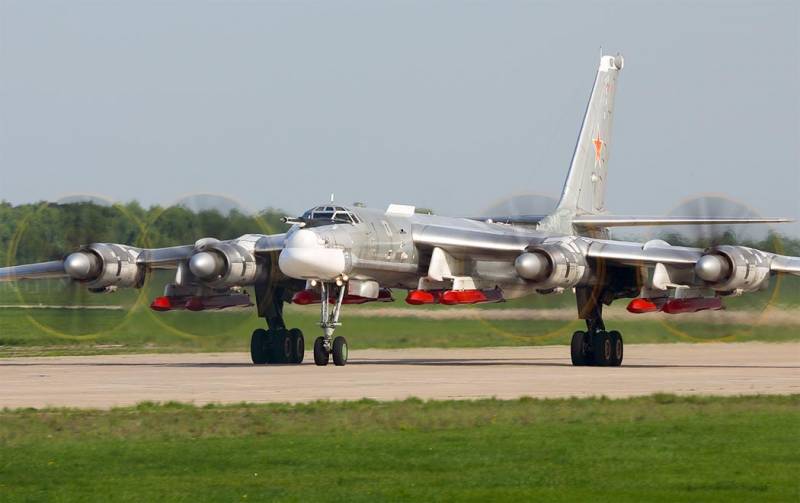
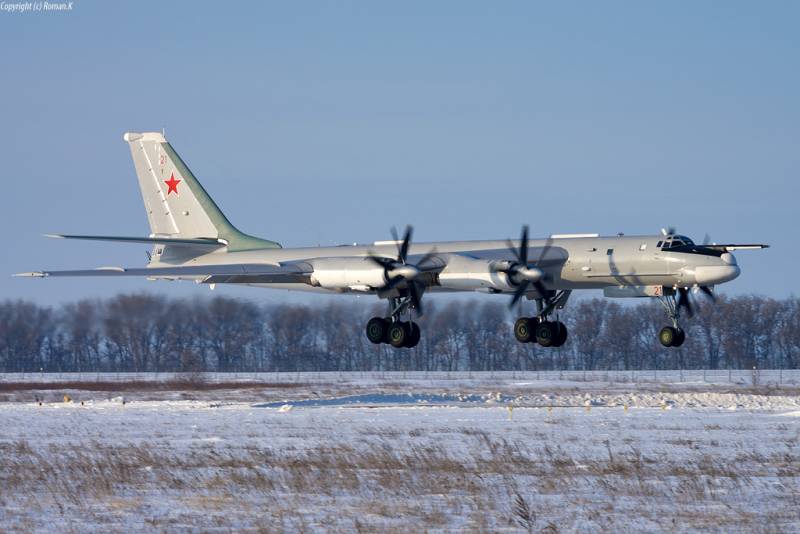
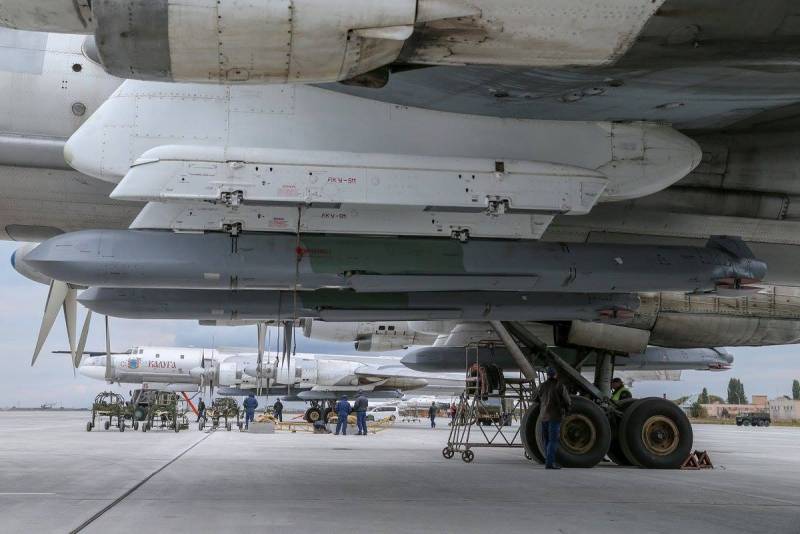
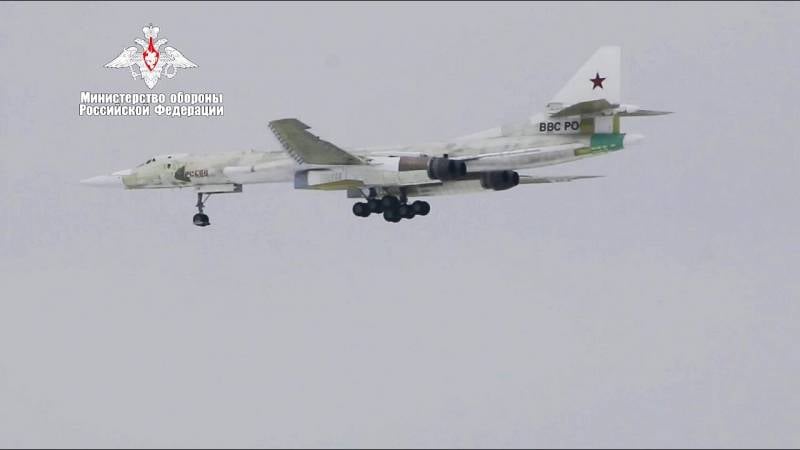
Information